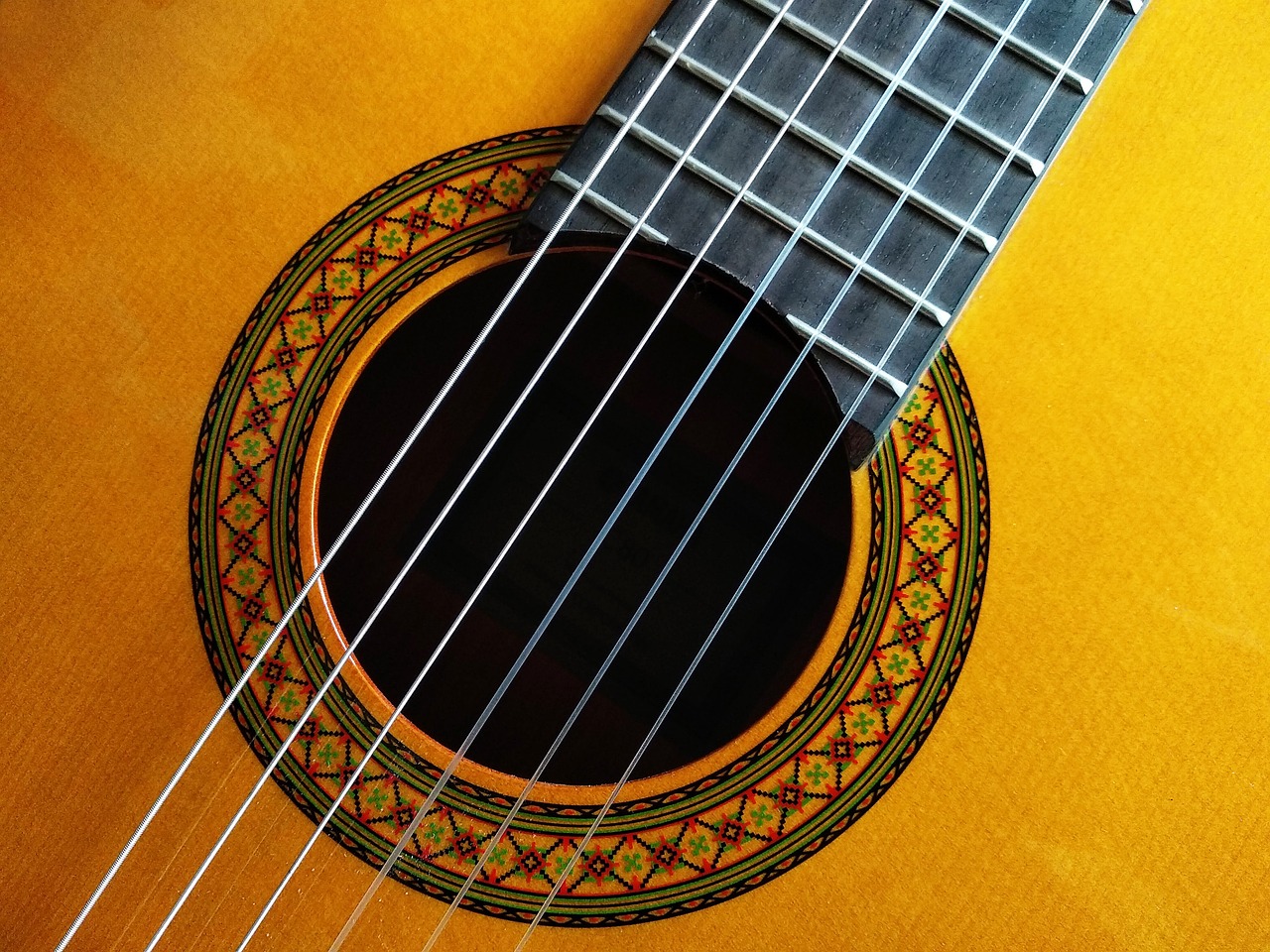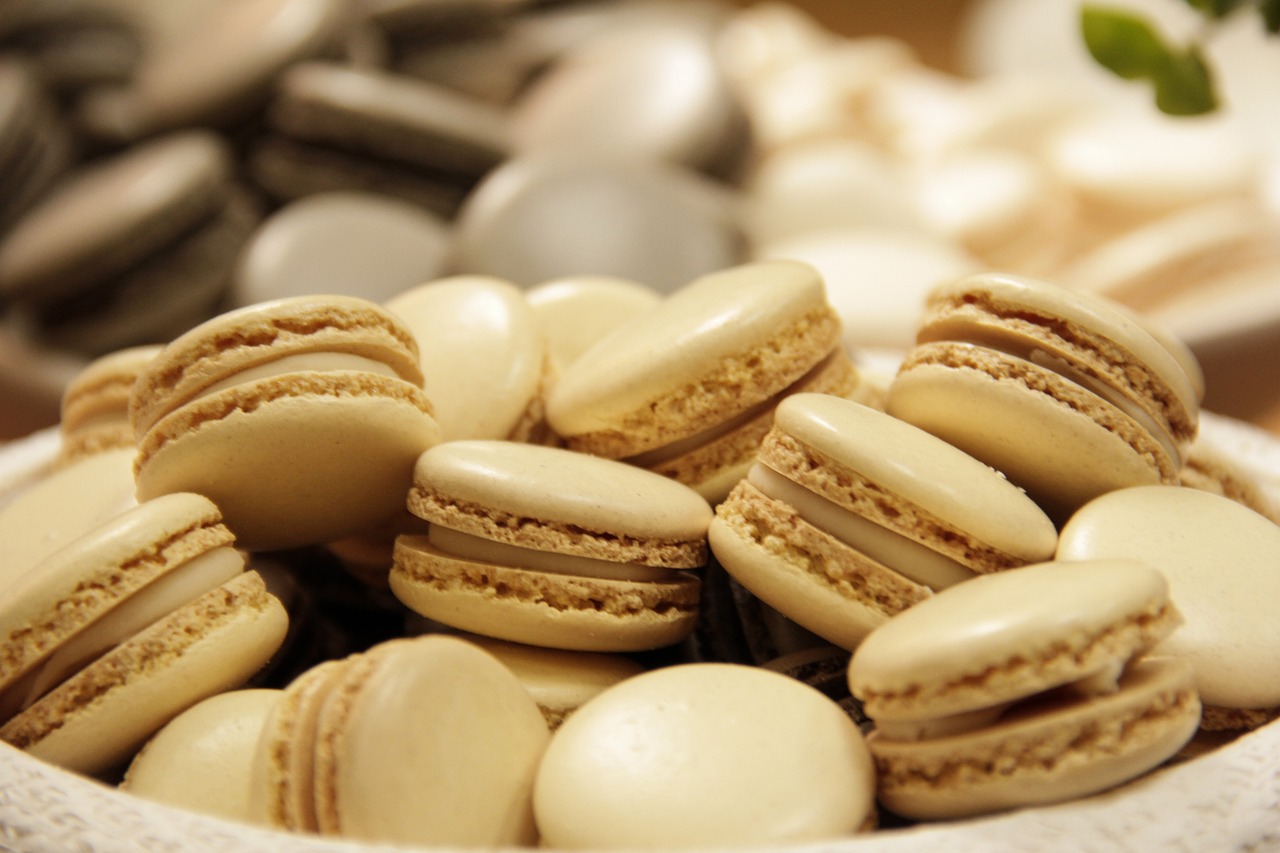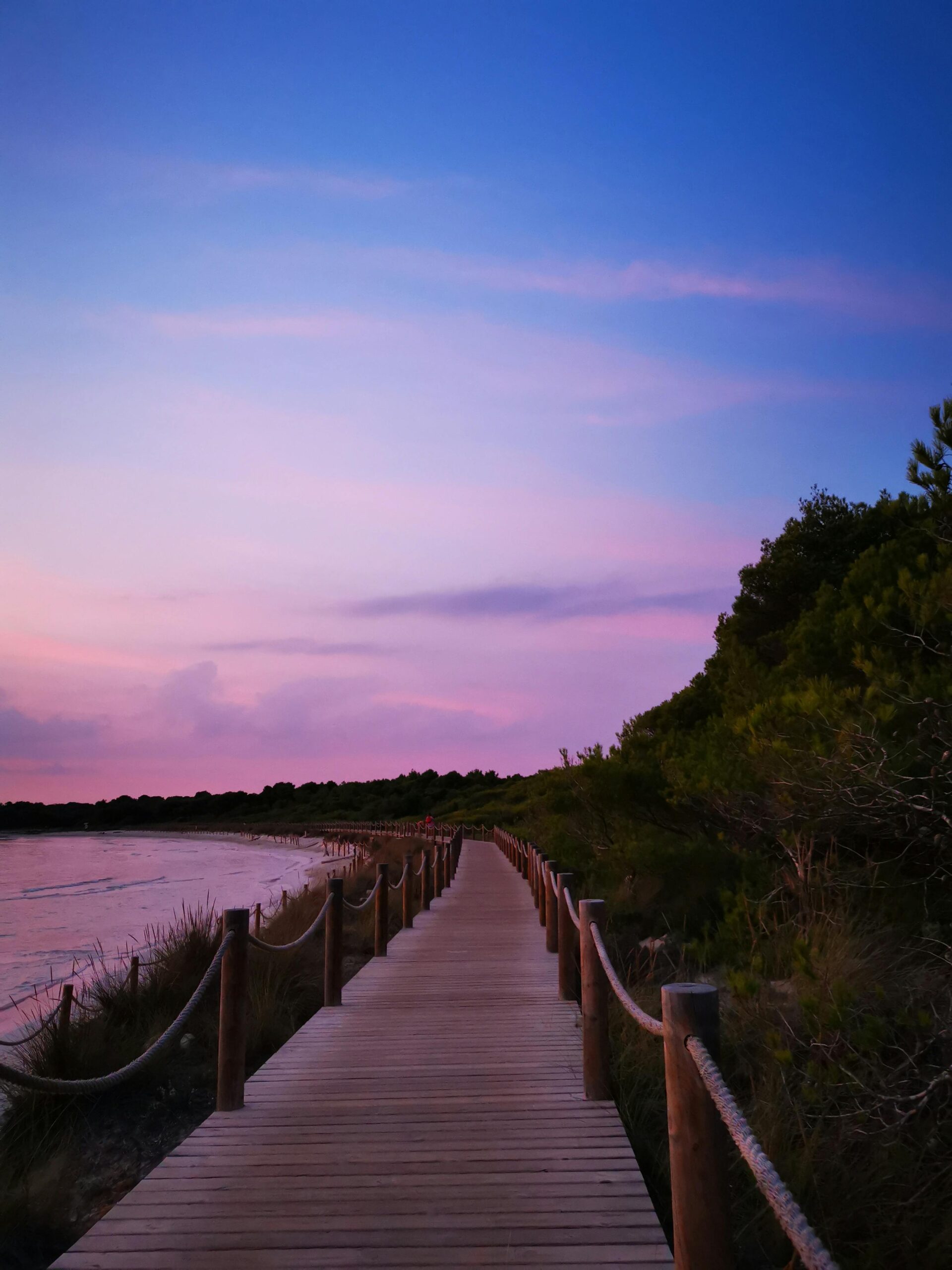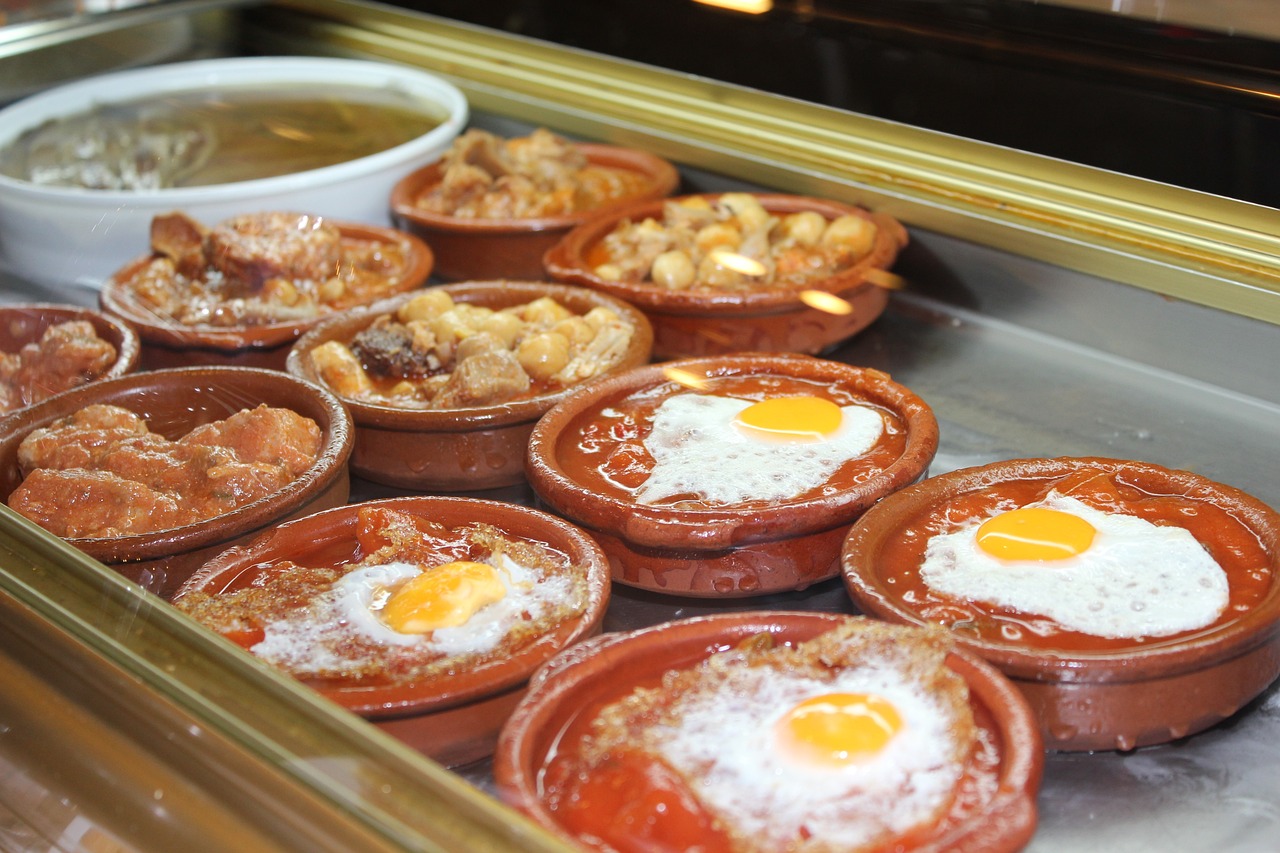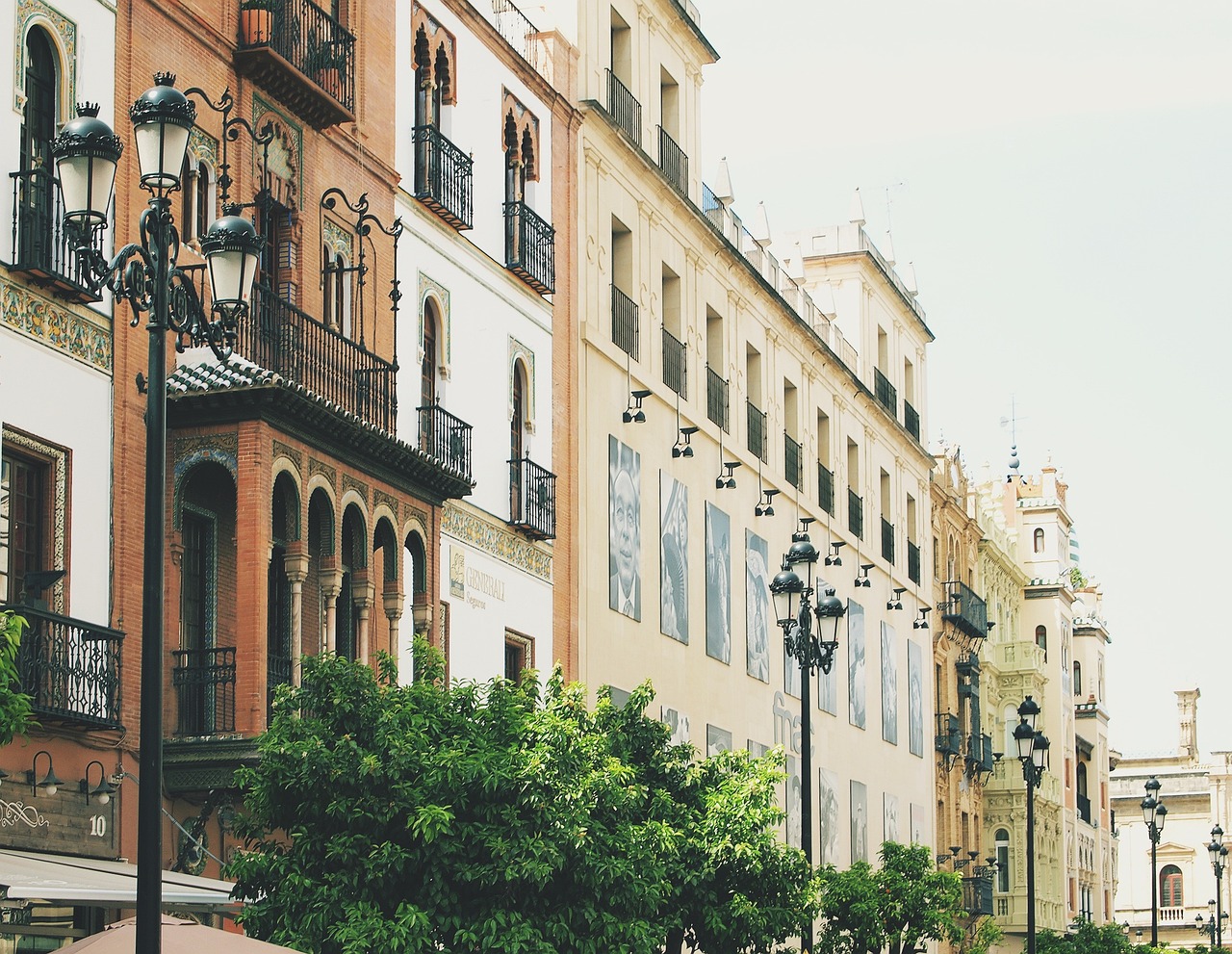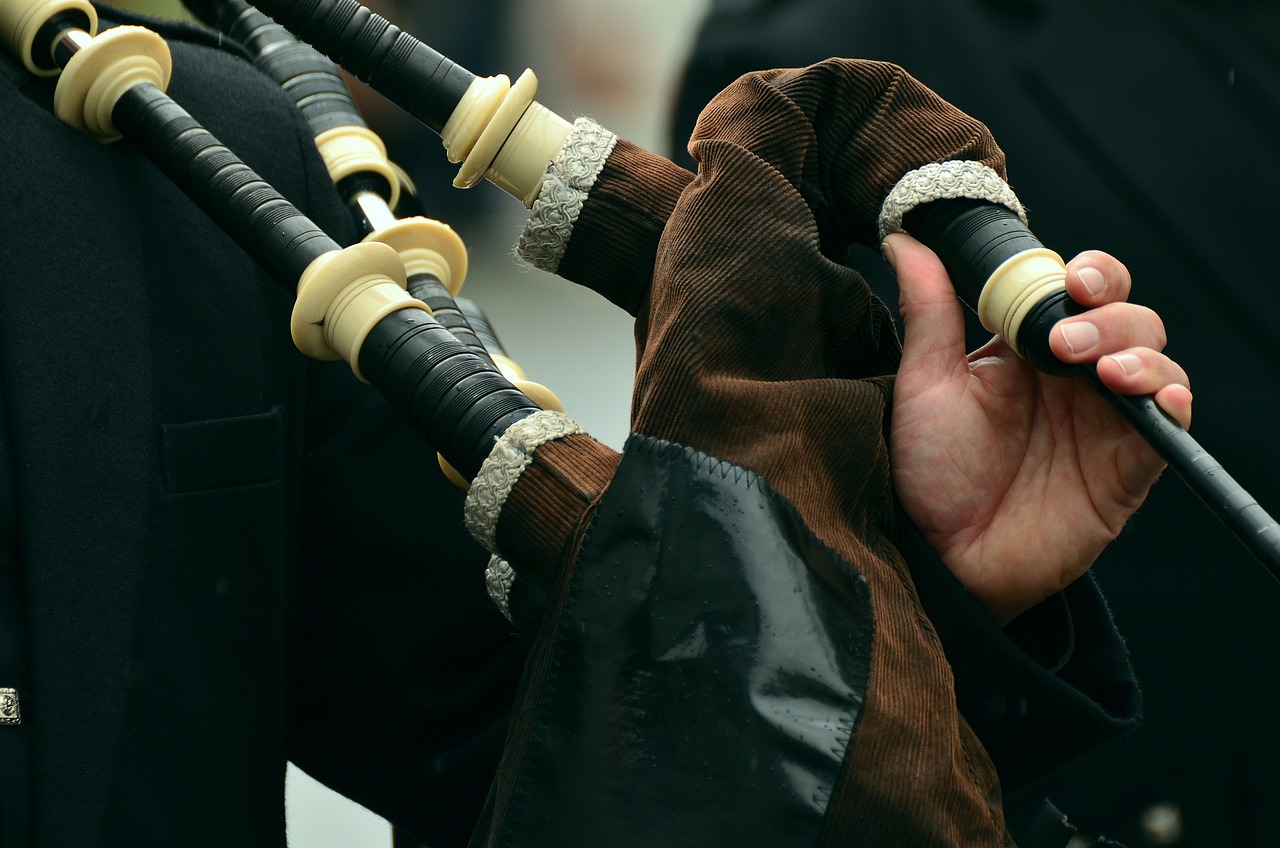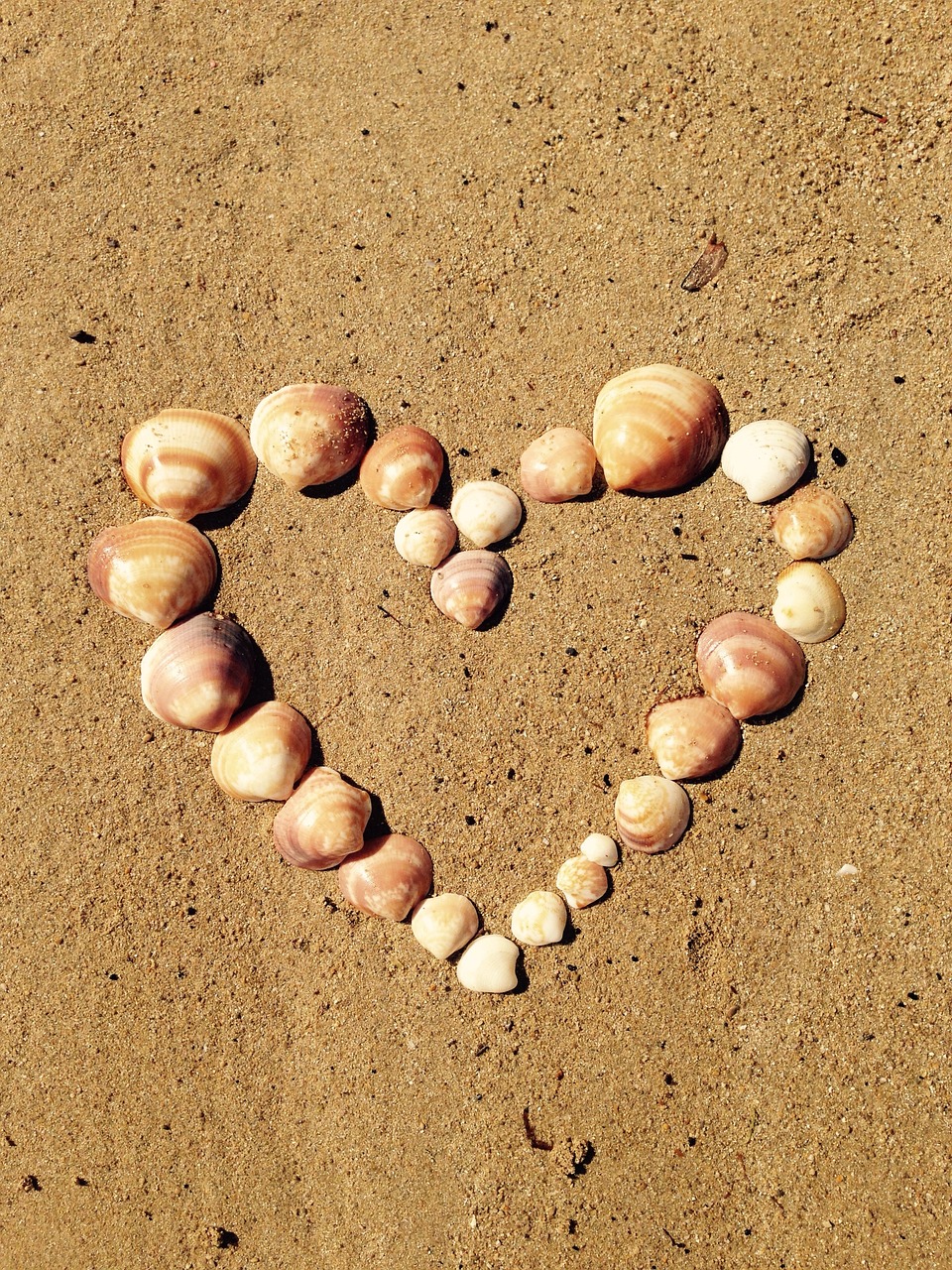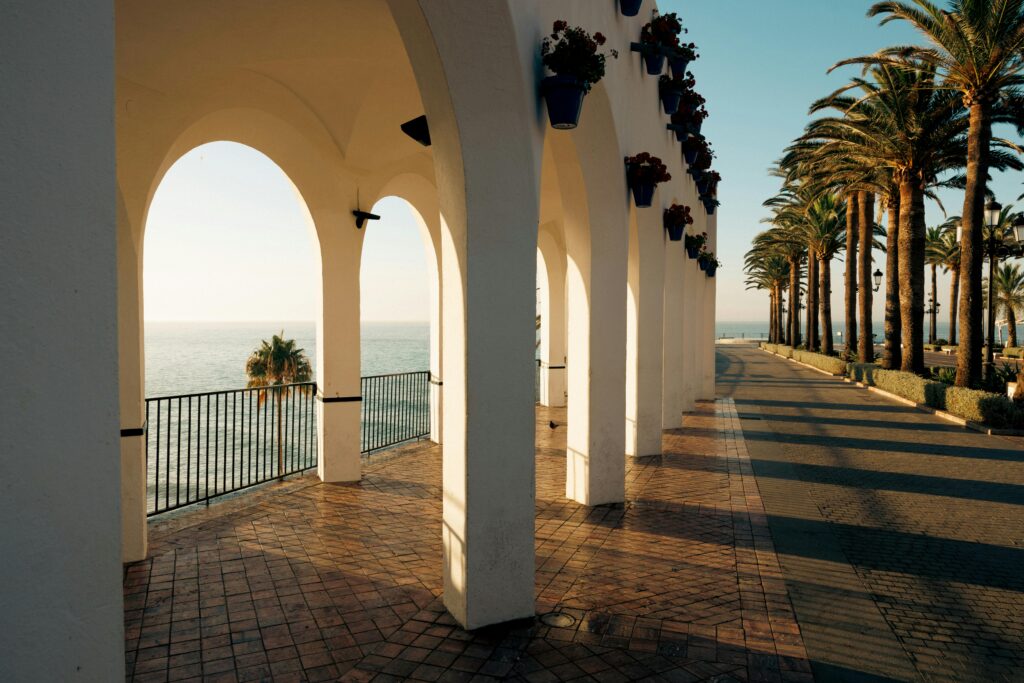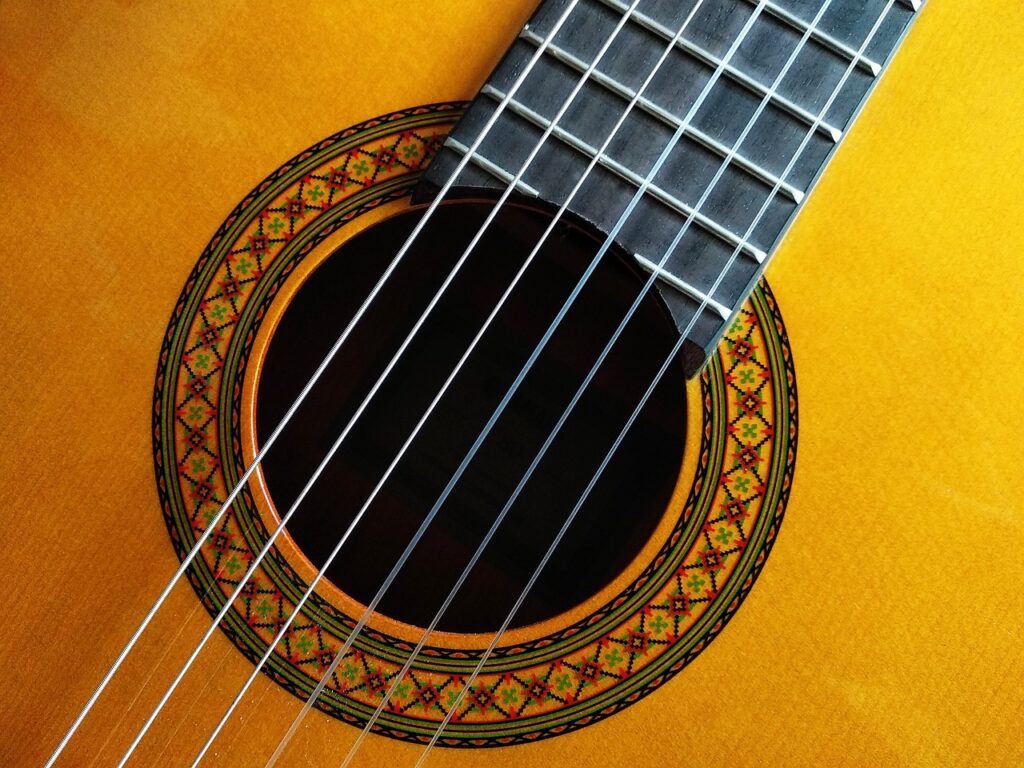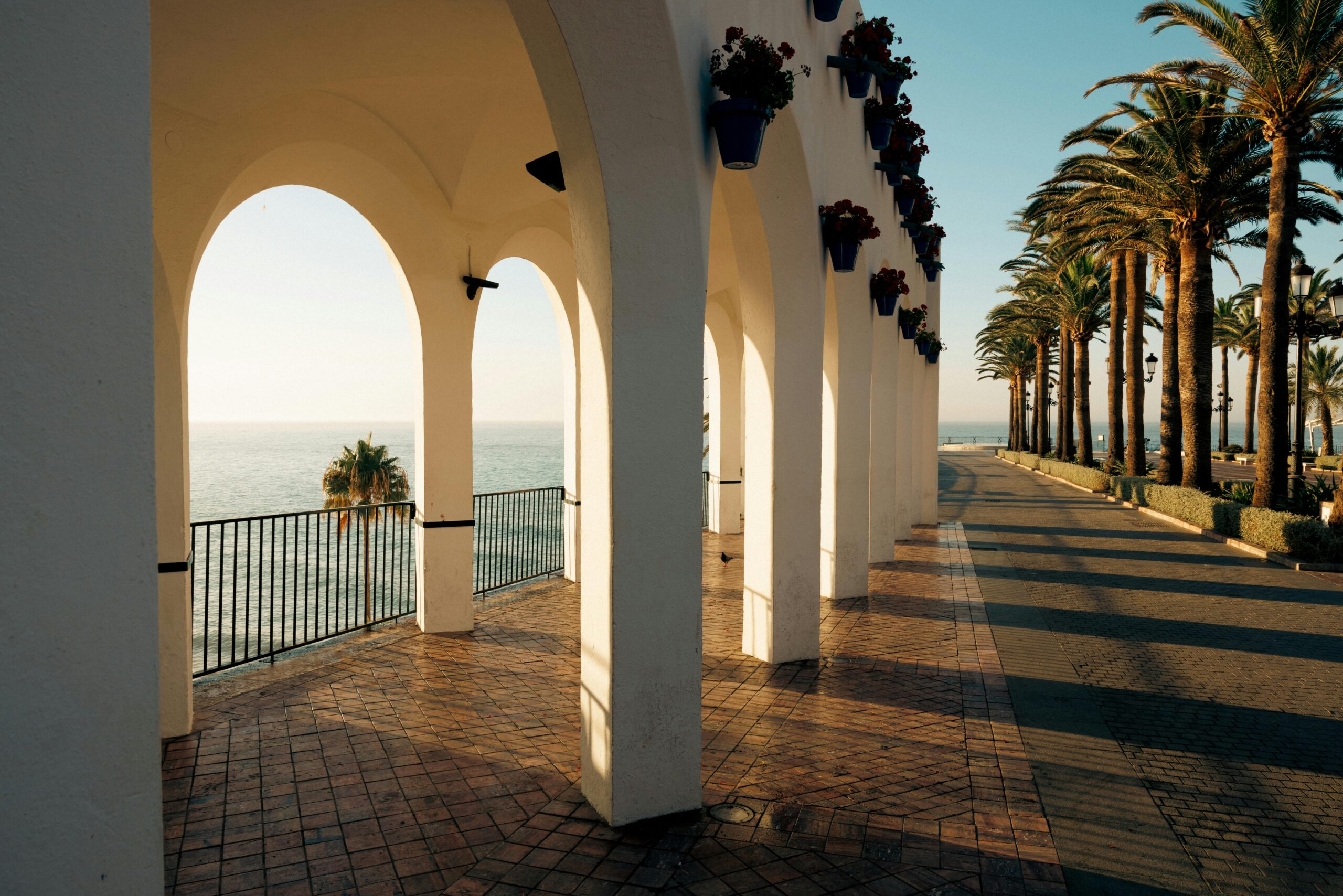
A Journey Through Oviedo’s Medieval Past: Top Sites to Visit
- Culture, Oviedo
- septiembre 6, 2024
Hanna Smith
Writer & Blogger
Oviedo, the capital of Asturias, is a city steeped in history, with its roots tracing back to the early medieval period. As the former capital of the Kingdom of Asturias, Oviedo played a pivotal role in the history of Spain, particularly during the Reconquista. Today, the city offers visitors a chance to step back in time and explore its rich medieval heritage through its well-preserved architecture, ancient churches, and historic landmarks. Here’s a guide to the top medieval sites in Oviedo that you won’t want to miss.
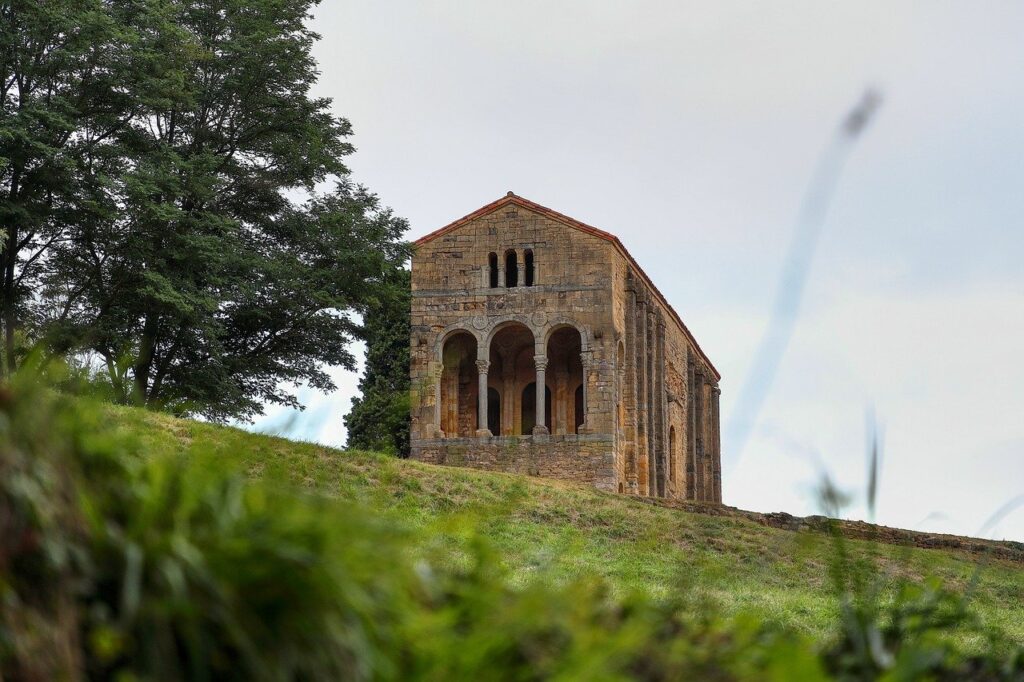
The Cathedral of San Salvador
At the heart of Oviedo’s medieval past stands the Cathedral of San Salvador (Catedral de San Salvador), an impressive Gothic structure that dates back to the 14th century, with elements from earlier Romanesque and pre-Romanesque periods. Known as the «Sancta Ovetensis» for its collection of holy relics, the cathedral is a masterpiece of medieval architecture and a symbol of the city’s religious and cultural significance.
The cathedral’s highlight is the Cámara Santa (Holy Chamber), a UNESCO World Heritage Site that houses some of the most important religious relics in Spain, including the Holy Shroud of Oviedo (a cloth believed to have covered the face of Christ) and the Cross of the Angels (Cruz de los Ángeles), the symbol of the city. The cathedral’s cloister, chapels, and impressive bell tower are also worth exploring, offering a glimpse into the spiritual heart of medieval Oviedo.
San Julián de los Prados
Another must-visit site in Oviedo is the Church of San Julián de los Prados, also known as Santullano. This pre-Romanesque church, built between 812 and 842 during the reign of King Alfonso II, is one of the largest and best-preserved examples of Asturian pre-Romanesque architecture in Spain. The church is recognized as a UNESCO World Heritage Site and is an exceptional example of the unique architectural style that developed in the Kingdom of Asturias.
San Julián de los Prados is renowned for its well-preserved frescoes, which cover the walls and ceilings with intricate geometric patterns and Christian symbols. These frescoes provide a rare glimpse into the artistic traditions of the early medieval period, and their vibrant colors and detailed designs are a testament to the skill of the artists who created them. The church’s simple yet elegant design, with its horseshoe arches and solid stone construction, reflects the austere beauty of early Christian architecture in Asturias.
San Miguel de Lillo and Santa María del Naranco
Situated on the slopes of Monte Naranco, just a short drive from the city center, are two of Oviedo’s most iconic medieval sites: San Miguel de Lillo and Santa María del Naranco. These pre-Romanesque churches were commissioned by King Ramiro I in the 9th century and are also part of the UNESCO World Heritage list.
Santa María del Naranco was originally built as a royal palace but was later converted into a church. The structure’s elegant design, with its open loggias, intricate carvings, and harmonious proportions, is a stunning example of early medieval architecture. The nearby San Miguel de Lillo was originally part of a larger complex but now stands as a small, yet beautifully preserved, church with intricate stone carvings and a serene atmosphere. Both sites offer breathtaking views of Oviedo and the surrounding countryside, making them a perfect destination for history enthusiasts and nature lovers alike.
The Old Town (Casco Antiguo)
Oviedo’s Casco Antiguo (Old Town) is a treasure trove of medieval architecture, with its narrow, cobbled streets, historic buildings, and charming squares. As you wander through the Old Town, you’ll discover a wealth of architectural gems that reflect the city’s rich history, from medieval times to the present day.
One of the highlights of the Casco Antiguo is the Plaza de la Constitución, where you’ll find the Ayuntamiento (Town Hall) and the Church of San Isidoro el Real, a Baroque gem with medieval roots. Nearby, the Plaza del Fontán is a picturesque square that dates back to medieval times and is home to a bustling market. The Old Town is also filled with quaint shops, traditional taverns, and cultural institutions, making it a delightful area to explore on foot.
La Foncalada
One of the most unique medieval sites in Oviedo is La Foncalada, an ancient fountain that dates back to the 9th century and is the only surviving example of a civil engineering work from the High Middle Ages in Spain. La Foncalada was built during the reign of King Alfonso III and served as a public drinking fountain, supplied by an underground spring. The structure is made of stone and features an inscription in Latin, as well as a carved cross, symbolizing its religious significance.
La Foncalada is also a UNESCO World Heritage Site and provides a fascinating insight into the everyday life and infrastructure of medieval Oviedo. The fountain is located near the city center, making it easy to visit as part of a walking tour of the city’s medieval landmarks.
Tips for Exploring Oviedo’s Medieval Sites
- Wear Comfortable Shoes: Many of Oviedo’s medieval sites are best explored on foot, so be sure to wear comfortable shoes for walking on cobblestone streets and uneven terrain.
- Visit Early: To avoid crowds, especially at popular sites like the Cathedral of San Salvador and Monte Naranco, try to visit early in the day.
- Guided Tours: Consider joining a guided tour to gain deeper insights into the history and significance of Oviedo’s medieval sites.
- Bring a Camera: Oviedo’s medieval architecture offers plenty of photo opportunities, so don’t forget to bring your camera to capture the beauty of these historic landmarks.
Conclusion
Oviedo’s medieval past is richly preserved in its stunning architecture, ancient churches, and historic sites. From the grandeur of the Cathedral of San Salvador to the serene beauty of San Miguel de Lillo, the city offers a fascinating journey through the history of the Kingdom of Asturias. Whether you’re a history buff or simply looking to explore the cultural heritage of this beautiful city, Oviedo’s medieval treasures are sure to leave a lasting impression.
Recent Posts
- All Posts
- Alicante
- Barcelona
- Beaches
- Bilbao
- Castles
- Cordoba
- Culture
- Day Trips
- Family
- Gastronomy
- Granada
- Hidden Gems
- Ibiza
- Madrid
- Mallorca
- Menorca
- Nature
- Nightlife
- Oviedo
- Seville
- Shopping
- Toledo
- Travel
- Valencia
- Zaragoza

Are you traveling with children?
Take some ideas of plans so you can enjoy the trip as a family. Ideal for everyone!
Category
- Alicante (15)
- Barcelona (15)
- Beaches (11)
- Bilbao (15)
- Castles (2)
- Cordoba (14)
- Culture (59)
- Day Trips (8)
- Family (13)
- Gastronomy (51)
- Granada (15)
- Hidden Gems (15)
- Ibiza (16)
- Madrid (15)
- Mallorca (5)
- Menorca (16)
- Nature (4)
- Nightlife (8)
- Oviedo (15)
- Seville (17)
- Shopping (6)
- Toledo (14)
- Travel (1)
- Valencia (16)
- Zaragoza (13)
Tags
- Adventure (3)
- ARt (5)
- Brunch (1)
- Churchs (5)
- Coffee (2)
- Day Trips (2)
- Festivals (2)
- Flamenco (3)
- Garden (1)
- Hidden Gems (10)
- Hiking (1)
- Historical (18)
- Market (4)
- Museums (2)
- Music (2)
- Nerja (1)
- Parks (3)
- Patios (3)
- Pintxos (2)
- Relax (1)
- Rooftops (3)
- Seafood (3)
- Snorkel (1)
- Spring (1)
- Tapas (8)
- Traditional (1)
- Trail (3)
- Trip (2)
- Viewpoints (2)
- Walking (4)
- Weekend (1)
- Wine (1)
- Winter (1)
Top 10 Best Christmas Markets in Spain: Festive Guide 2024 Travel noviembre 19, 2024 Olivia Jones Writer & Blogger Spain, with its rich cultural heritage and festive spirit, transforms into a winter wonderland during the holiday season. From bustling urban centers to quaint historic towns, the country hosts a plethora of Christmas markets that captivate both locals and visitors. These markets, known as «mercados de Navidad,» offer a unique blend of traditional crafts, delectable treats, and vibrant entertainment, making them a must-visit during the festive period. 1. Plaza Mayor Christmas Market, Madrid Madrid’s Plaza Mayor, a historic square dating back to the 17th century, becomes the heart of the city’s Christmas celebrations. From late November to December 31st, the square is adorned with over 100 stalls offering a variety of items, from handcrafted ornaments to traditional nativity scene figures. The market is renowned for its festive atmosphere, with twinkling lights illuminating the square and street performers entertaining the crowds. Visitors can indulge in seasonal delicacies such as «turrón» (nougat) and «polvorones» (almond cookies), making it a delightful experience for all ages. Destinos Europeos Excepcionales 2. Fira de Santa Llúcia, Barcelona Established in 1786, the Fira de Santa Llúcia is Barcelona’s oldest and most iconic Christmas market. Located in front of the majestic Barcelona Cathedral, the market features over 280 stalls selling a wide array of products, including handcrafted gifts, decorations, and traditional Catalan items. A unique aspect of this market is the «caganer,» a traditional Catalan figurine often included in nativity scenes. The market also hosts various activities, such as workshops and musical performances, providing a comprehensive festive experience. España 3. Mercado de Navidad de Plaza del Pilar, Zaragoza Zaragoza’s Plaza del Pilar transforms into a festive hub from early December to early January. The market boasts a large ice-skating rink, a nativity scene with live animals, and numerous stalls offering artisanal crafts and local gastronomy. The backdrop of the Basilica del Pilar adds to the enchanting atmosphere, making it a picturesque destination for holiday festivities. Sensational Spain 4. Mercado de Navidad de la Plaza del Ayuntamiento, Valencia Valencia’s central square hosts a charming Christmas market featuring stalls with handcrafted goods, festive decorations, and local delicacies. The market is known for its lively ambiance, with street musicians and performers adding to the festive spirit. Visitors can also enjoy the beautifully decorated Christmas tree and the traditional nativity scene displayed in the square. Sensational Spain 5. Feria del Belén, Seville Seville’s Feria del Belén is a specialized market dedicated to nativity scenes. Located near the Cathedral, the market offers a vast selection of handcrafted nativity figures and accessories, reflecting the city’s deep-rooted Christmas traditions. It’s an ideal place for collectors and those looking to add a unique touch to their holiday decorations. Sensational Spain 6. Mercado de Navidad de la Plaza Mayor, Salamanca Salamanca’s historic Plaza Mayor hosts a delightful Christmas market featuring stalls with artisanal crafts, festive foods, and holiday decorations. The square’s stunning architecture, illuminated with festive lights, provides a magical setting for the market. Visitors can enjoy traditional Spanish Christmas treats and find unique gifts while soaking in the festive atmosphere. Sensational Spain 7. Mercado de Navidad de la Plaza de la Constitución, Málaga Málaga’s Plaza de la Constitución becomes a focal point of Christmas celebrations, hosting a market with stalls offering a variety of products, from crafts to culinary delights. The city’s famous Christmas lights, especially along Calle Larios, are a major attraction, drawing visitors from all over to witness the spectacular displays. Sensational Spain 8. Mercado de Navidad de la Plaza Mayor, León León’s Plaza Mayor transforms into a festive market during the holiday season, featuring stalls with local crafts, food, and Christmas decorations. The market is known for its warm and welcoming atmosphere, with the historic square providing a beautiful backdrop for the festivities. Visitors can enjoy traditional music performances and sample regional specialties, making it a memorable experience. Sensational Spain 9. Mercado de Navidad de la Plaza del Príncipe, Vigo Vigo’s Plaza del Príncipe hosts a vibrant Christmas market known for its lively atmosphere and diverse offerings. Stalls feature a range of products, including handmade crafts, festive foods, and unique gifts. The city’s impressive Christmas light displays, which have gained international recognition, add to the market’s appeal, creating a magical setting for holiday shoppers. Sensational Spain 10. Mercado de Navidad de la Plaza Mayor, Burgos Burgos’s Plaza Mayor becomes a hub of Christmas activity, with a market offering a variety of goods, from artisanal crafts to local delicacies. The market is set against the backdrop of the city’s historic architecture, with festive lights illuminating the square. Visitors can explore the stalls, enjoy traditional music, and experience the warm hospitality of the locals during the holiday season. Sensational Spain Tips for Visiting Spanish Christmas Markets Timing: Most markets open in late November and run until early January. It’s advisable to check specific dates in advance, as they can vary each year. Local Specialties: Each region offers unique products and delicacies. For instance, Barcelona is known for its «caganer» figurines, while Madrid offers a variety of nativity scene figures. Cultural Etiquette: Engaging with local vendors and participating in traditional activities can enhance the experience. Learning a few basic Spanish phrases can also be beneficial. Weather Preparedness: While Spain generally has a mild winter, temperatures can drop in the evenings. Dressing in Recent Categories You may also like: Edit Template
Authentic Flamenco Shows in Córdoba: Where to Experience the Best Uncategorized septiembre 14, 2024 Hanna Smith Writer & Blogger Edit Template Córdoba, a city steeped in history and culture, is one of the best places in Spain to experience the passionate art of flamenco. While Seville is often seen as the heart of flamenco, Córdoba has its own rich tradition and offers a more intimate and authentic flamenco experience. From small, cozy tablaos to larger venues, here’s a guide to the best places in Córdoba to witness this captivating performance of dance, song, and music. Córdoba Edit Template 1. Tablao El Cardenal One of the most famous venues in Córdoba, Tablao El Cardenal offers nightly flamenco performances featuring some of the region’s most talented dancers, singers, and guitarists. Located in the heart of the city, near the Mezquita, the venue has a traditional Andalusian courtyard setting that adds to the charm of the experience. The performances here are dynamic, showcasing the fiery energy and emotion that make flamenco so unique. Why It’s Special: The venue is steeped in history, set in an old 16th-century building. Performances feature a variety of flamenco styles, including bulerías, tangos, and fandangos. The intimate setting allows for a closer connection to the performers, making it a deeply moving experience. Tips: Book your tickets in advance, as performances often sell out, especially during peak tourist seasons. Arrive early to get a good seat and enjoy the beautiful surroundings of the courtyard. 2. Arte y Sabores de Córdoba For a unique combination of flamenco and local cuisine, Arte y Sabores de Córdoba offers an experience that combines Andalusian gastronomy with an authentic flamenco performance. The venue is located inside the Arab Baths of Santa María, adding an extra layer of historic ambiance to your evening. You can enjoy a selection of traditional tapas and wines while watching a mesmerizing flamenco show. Why It’s Special: The setting in the former Arab Baths creates a unique and historic atmosphere. Enjoy the local flavors of Córdoba with dishes like salmorejo and jamón ibérico as part of your evening. Performances feature both traditional and modern flamenco, showcasing a range of styles and expressions. Tips: Make a reservation for both the show and the meal to ensure you have the full experience. Try the local wines that are offered as part of the dinner package for an authentic taste of Córdoba. 3. Peña Flamenca Fosforito For those looking for a more local and traditional experience, Peña Flamenca Fosforito is a flamenco social club where locals gather to celebrate the art of flamenco. Named after Antonio Fernández Díaz “Fosforito”, a legendary flamenco singer from Córdoba, this venue offers a more informal and intimate setting where you can witness flamenco performances that are deeply rooted in the community. Why It’s Special: The performances here are raw and authentic, often featuring local talent. It’s a great place to experience cante jondo, the deepest and most expressive style of flamenco singing. The atmosphere is friendly and welcoming, offering a true taste of Córdoba’s flamenco culture. Tips: Peña Flamenca Fosforito often hosts special events and festivals, so check the schedule in advance for unique performances. This venue is less touristy than others, making it a great option for those looking for a more authentic, local experience. 4. La Bulería La Bulería is a popular flamenco bar in Córdoba where you can experience live flamenco performances in a lively and intimate setting. Known for its vibrant atmosphere, La Bulería attracts both locals and visitors, making it a fantastic place to immerse yourself in the passionate energy of flamenco. The small size of the venue ensures that every seat offers a great view of the performers. Why It’s Special: The venue’s small size creates an up-close experience with the performers. The lively and energetic atmosphere makes it a great spot for a night out with friends or family. It’s a more casual and relaxed environment compared to larger tablaos, offering a fun and spontaneous flamenco experience. Tips: Shows start late in the evening, so plan accordingly for a true flamenco night out. Arrive early to secure a good spot, as seating is limited. 5. La Casa de la Memoria If you’re looking for a deeper understanding of flamenco’s roots and history, a visit to La Casa de la Memoria is a must. While not exclusively a flamenco venue, this cultural center in Córdoba often hosts flamenco shows alongside exhibitions and events that delve into the history of this iconic Andalusian art form. It’s a great place to learn more about the evolution of flamenco while also enjoying a top-notch performance. Why It’s Special: The focus on cultural preservation adds a meaningful dimension to the flamenco performances. The venue regularly hosts lectures and workshops on flamenco, making it ideal for those looking to learn more about the art form. The intimate performances often feature both established and up-and-coming flamenco artists. Tips: Check their event schedule in advance, as performances are not held every night. Consider attending one of the workshops or lectures to gain deeper insight into flamenco culture. Conclusion Córdoba offers a wide range of venues where you can experience authentic flamenco performances, from historic tablaos to local social clubs. Whether you’re looking for a vibrant night out or a more intimate, traditional experience, Córdoba’s flamenco scene will captivate you with its passion and artistry. So grab a seat, tap your feet, and let the soulful sounds of flamenco transport you into the heart of Andalusian culture. Recent Categories You may also like: Edit Template
